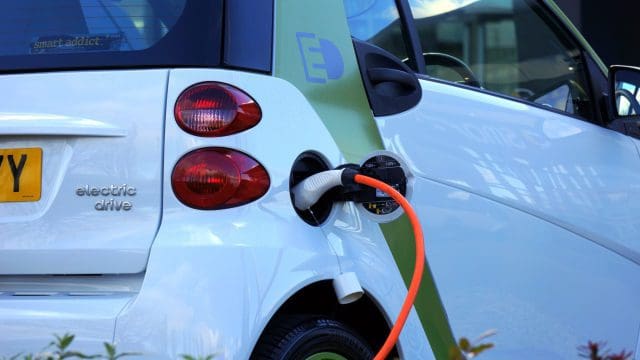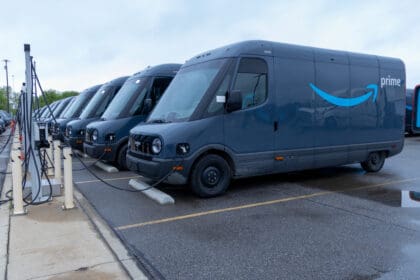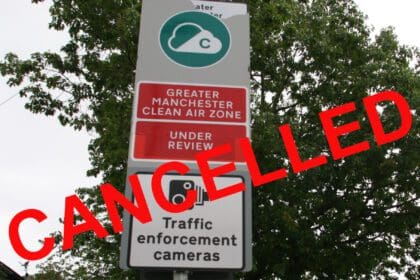Rising fuel and energy prices are affecting everyone, especially taxi drivers and those who earn their living on the roads – but they can still save money by plugging in instead of filling up.
As fuel prices have continued to rise, and with the ban on sales of new petrol and diesel vehicles in the UK from 2030, many taxi drivers have been turning to electric vehicles for a cheaper, greener alternative. And, despite rising energy prices, many can save even more by charging their EV at home.
Whether their EV taxi has public hire insurance or private hire insurance, the initial cost of purchasing an electric vehicle is currently greater than a petrol or diesel equivalent. But there are long and short-term savings to be made with congestion charges and clean air zones, as well as much lower maintenance and running costs than petrol and diesels.
When energy regulator Ofgem announced last month that it is increasing the energy price cap from October 1 by £1,578 a year from £1,971 to £3,549 for an average household, people have been questioning whether EVs are more efficient in the long run.
With so many figures flying around, financial website thisismoney.co.uk has done some digging to work out a real-terms comparison of similar vehicles – the Volkswagen ID.3 with 58kWh battery, currently priced from £36,195, and the VW Golf 1.5 petrol, starting at £25,590.
Taking the worst-case scenario of peak-time charging and higher-powered chargers, thisismoney has calculated that to fully charge the ID.3 at home from October 1 will be £30.67. It is currently £16.69 and the price per mile will rise from 6.3p to 11.6p.
With an official range of 265 miles, drivers covering an average of 10,000 miles a year will need to charge at least 38 times, taking the total annual charging cost from £634 today to £1,165 from 1 October.
The Golf has an official range of 550 miles and a 50-litre petrol tank which currently costs about £85 to fill. To drive 10,000 miles in a year it will need to be filled up 19 times for a total £1,619 – that’s £454 more than charging the ID.3. And taxi drivers could save more depending on how and when they charge their EV.
Most will charge their cars overnight during cheaper off-peak hours and can look for cheaper fixed-rate energy deals.
Taxi drivers can make further savings as there is no vehicle excise duty paid on pure EVs.
While the nature of being a taxi driver means they will also have to recharge their vehicles during peak times, such as at fast-charging points such on motorways, which are more expensive, but there are calls to help reduce the costs.
Motoring expert and FairChange campaign founder Quentin Wilson told thisismoney that the new Prime Minister must cut taxes on greener fuels and energy.
He said: “The new PM should remove green levies from energy bills. It doesn’t make sense for people who use more electricity – where the bulk of green levies are paid – to be hit hardest.
“On public charging, my FairCharge campaign has been leading the push to have VAT on public charging (20 per cent) equalised with the rate for home charging (5 per cent).
“This change wouldn’t solve the issue completely in the face of such staggering rises in energy prices, but it would be an important step in ensuring that we are incentivising EV use and not punishing those who don’t have driveways and so can’t charge at home.”




